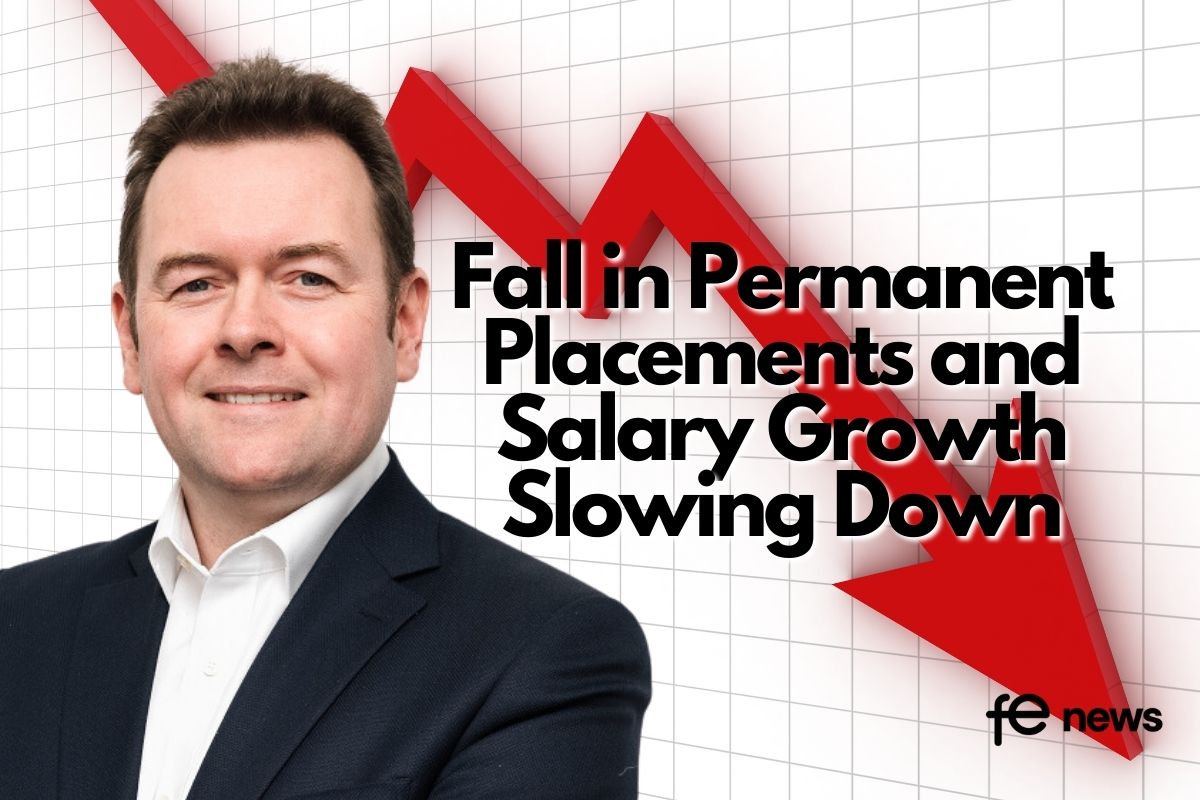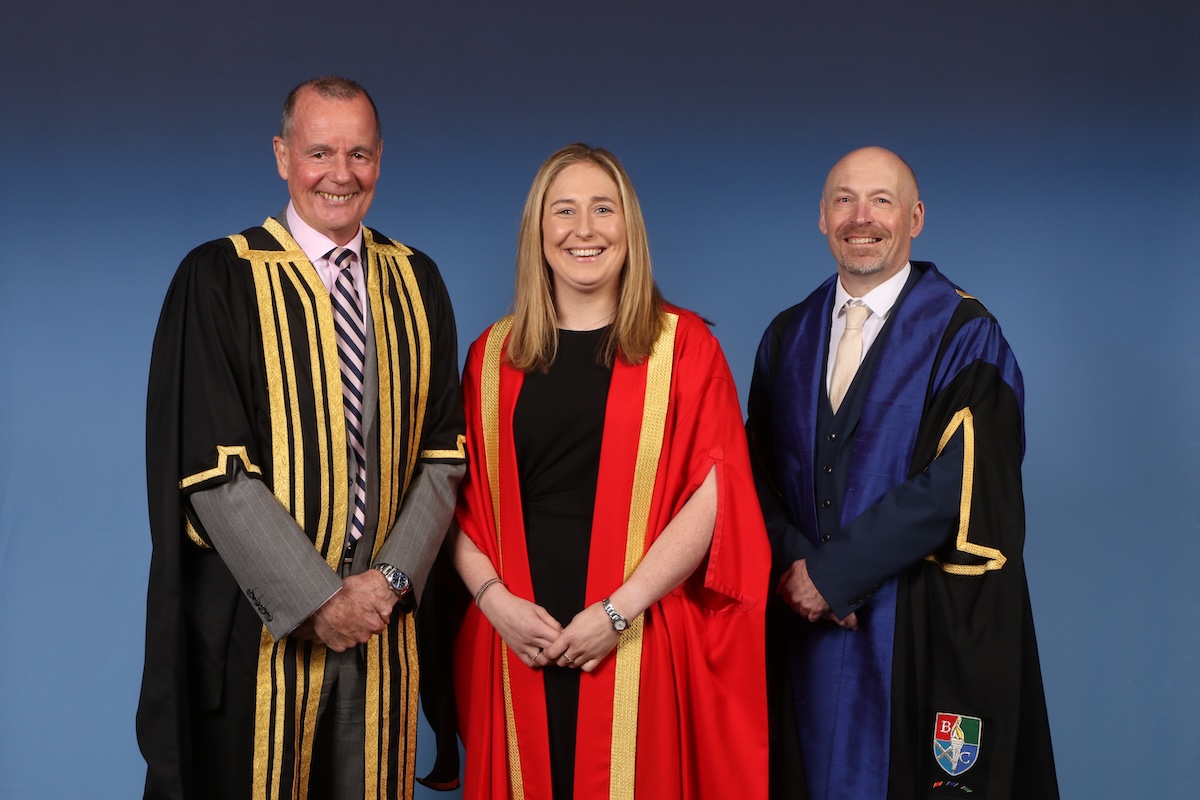New HEPI report identifies opportunities for enhancing university governance in England

In a new paper, Opportunities to improve university governance in England (HEPI Report 155), Dr Alison Wheaton considers how university governing body members in England perceive their roles and what this means for the higher education sector.
The report, which is based on Dr Wheaton’s recent PhD, finds a shift towards more interactive governance at some universities. The best examples rely on clarity of roles, the skills of those involved involved and time.
The main findings from the report include:
- Opportunities to clarify governing body roles exist – While governors typically agree on their strategy and oversight roles, the scope of those roles varies significantly. Furthermore, governors often regard themselves as having a cluster of internally facing support roles, which is somewhat in contrast with the expectation that they should take on more externally facing roles than in the past.
- Governors express the least confidence on their academic governance and institutional performance monitoring roles – While accepting responsibility for these areas, governors are typically less clear on how best to discharge them. However, some universities have recruited lay governors with higher education sector expertise and altered their committee structures to enhance work in these areas.
- Governing body member characteristics and composition matter greatly – Governors note a shift from ‘the great and the good’ lay governors towards those recruited for their skills and experience. Newer lay members bring different expectations regarding their roles. In parallel, student governor legitimacy has increased. Staff members feel conflicts between their perceived representational roles and their collective responsibility.
- The environmental and institutional context also influences how governors perceive their roles – Governors have experienced a more volatile external environment, which presents both risks and opportunities. Internally, governors at some institutions have seen changes in the approach of vice-chancellors, with newer appointees often being more open and transparent than their predecessors.
- The changed regulatory regime has resulted in more focus on student and staff experiences as well as compliance, but has also meant less sector-level emphasis on governance enhancement – It is widely felt that there is an onus on governing bodies to become more visible to underpin institutional governance legitimacy.
Dr Wheaton said:
‘There is much guidance regarding what university governing body roles should be, but little empirical evidence regarding how actual governing body members understand their roles. The regulatory regime puts even greater onus on universities themselves to enhance their governance arrangements, with the help of sector bodies.
‘More interactive governance is taking place between governors and their Executive teams at some universities. Those participating are keen not to overstep the governance and management divide. Governors increase their influence on institutional strategic development and performance by the nature of how they support and interact with their executive teams.’
Nick Hillman, Director of the Higher Education Policy Institute (and a university governor), said:
‘The higher education sector owes a huge debt to the thousands of people who give up their time to act as university governors, generally for free. It has always been an important role but has become much more significant recently, as funding and regulatory changes have emphasised the autonomy of universities. There are hundreds of thousands of university staff, millions of students and budgets can top £1 billion. Not only do governors oversee all this, but they also have to answer to the Office for Students and other agencies.
‘This research shines a spotlight on how governors in England perceive their roles, how their job has changed in recent years and what further changes could be implemented to ensure our sector is as well governed as possible in the future.’
The report provides 10 recommendations for implementation at institutional and sector levels.
Universities should:
- Clarify and codify governing body member roles, paying particular attention to lay governor support roles and internal governors’ roles.
- Review skills matrices used to recruit governors to reflect experience in general and widening roles, including academic governance, data and performance monitoring, supporting the executive and contributing to institutional culture and values.
- Review processes for ‘onboarding’, engaging and retaining governors and others involved in governing body-level governance, including leveraging governors’ skills and experiences and tailoring support to different needs.
- Consider how governing bodies deepen their assurance of academic and performance issues, which could include appointing lay members with higher education expertise and altering practical arrangements.
- Consider the need and ways to promote governing body legitimacy, which should be done in light of wider university civic / stakeholder engagement and value-for-money work.
Sector bodies should:
- Clarify their respective roles in university governance development support, which could include identifying all relevant sector organisations and agreeing respective areas of responsibility.
- Identify ongoing governing body-related data and information requirements and decide how this activity is to be used and resourced, which should include governing body composition and the setting of long-term sector-wide ambitions including equalities, diversity and inclusion.Continue to develop the hub of resources for enhancing university governance already provided by Advance HE, including the identification and sharing of best practice.
- Build regional and sector-wide governor networks based on geography or functional areas of interest.
- Consider the appropriateness of a formal qualification for university governors. The aim would be to ensure less experienced governors receive appropriate support and that all governors are ‘HE board-ready’.











Responses